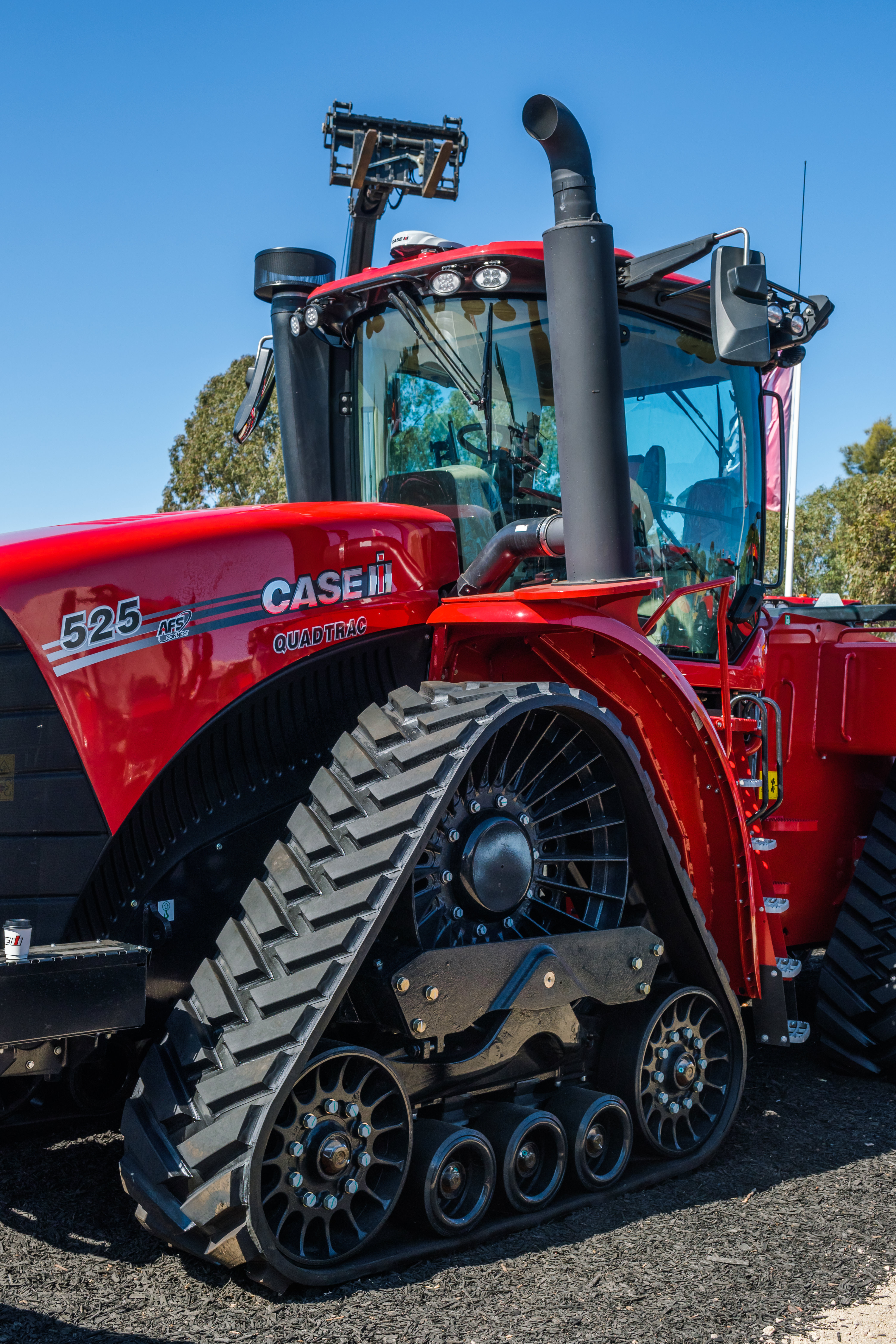26 July 2022
Insight from: Robbie Sefton
There is no doubt Australian agriculture is kicking some big goals at present and optimism is high across the industry. Commodity prices remain strong and weather conditions favourable for many, while reports on machinery sales show record-breaking trends – the Tractor and Machinery Association revealed last week that many dealers reported 2021 was their best year ever tractor sales.
It’s an exciting time to be involved in what I consider is the best industry in Australia, with innovation, technology advances, the enthusiasm of the young people moving through ag’s ranks and the enormous potential of growing and emerging global markets all underlining just why we should be feeling upbeat and positive about the future and what it holds.
At the same time though, vulnerabilities in our supply chain have again been exposed, with COVID impacts singled out initially – both here and abroad – and then exacerbated by unpredictable weather patterns that have caused havoc in recent years and months. Goods across a range of sectors have been in short supply and prices have reflected these shortages. It equates to more pressure on the hip pocket for consumers and increases the cost of doing business for farming communities. In my local area, one business rep said recently that freight costs had more than tripled in the past 12 months due to a whole raft of reasons out of anyone’s control, with rising fuel costs and increasing prices around other critical inputs all contributing to the cost blow-out.
It’s vital all of these factors are communicated to consumers in a clear and concise way – rising input costs, flooding, ongoing staff shortages and labour challenges all take a toll on the supply chain, right up the line to the end point: the customer. This is the ideal time for an awareness/education campaign that outlines the complexity of farming systems and the broader supply chain, rather than just the usual lament from a farm business that can too easily be interpreted as yet another ‘poor me’ from a ‘complaining’ farmer.
Instead, show consumers just what it costs and takes to produce the food and fibre many take for granted and expect to pay little for – drill down into each step and demonstrate, too, that probably for the first time in decades, we the consumers are finally having to pay something approaching the ‘real costs’ associated with this supply. And that our farmers are usually the last ones afforded the luxury of passing their increasing costs down the line.
These are uncomfortable truths but it’s time we were forced to face up to them and appreciate just how fortunate we are to only pay $3 or $4 for 2L of milk when the costs of production and efforts to produce it are so much more. To even have so much access to fresh milk is a blessing for Australians, but the likes of our dairy farmers have been up against it for many years, and recent flooding in some of the nation’s major dairy regions is only turning the screws further. The pressures on our supply chains will continue, exerted by a whole raft of factors, so we must be constantly alert to new systems and strategies, improved support mechanisms for our suppliers, and potential risks before they become major issues. And we must take consumers along for that journey, raising awareness and helping establish realistic expectations and robust support for our homegrown goods and industries.
To read Robbie’s article in The Land, go to: https://www.theland.com.au/story/7828931/supply-chain-vulnerabilities-have-again-been-exposed/?src=rss




